Find Help
More Items From Ergsy search
-
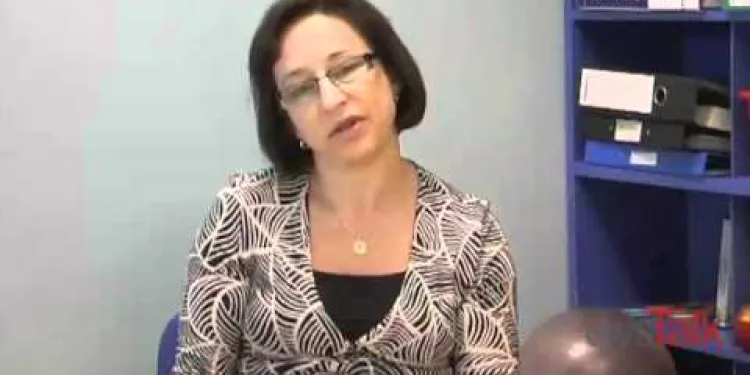
Dyspraxia Symptoms & Signs
Relevance: 100%
-
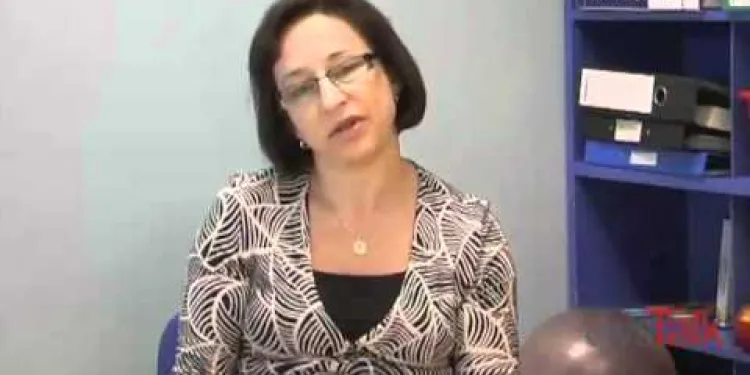
Dyspraxia Symptoms & Signs
Relevance: 99%
-
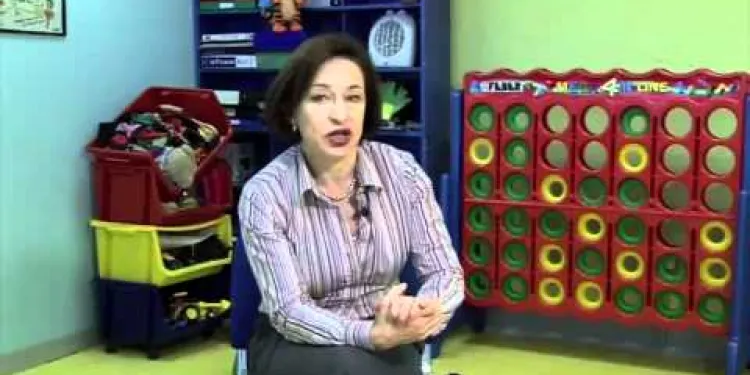
Children With Co-ordination Difficulties and Dyspraxia
Relevance: 63%
-

What is Dyspraxia? (Short Version)
Relevance: 62%
-

Dyspraxia Children: How to Help
Relevance: 61%
-
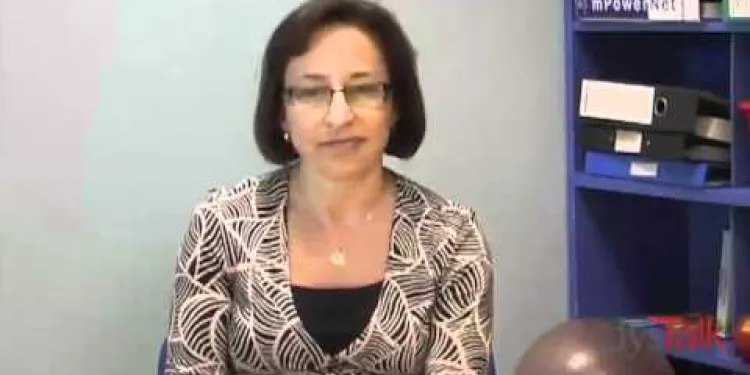
What is Dyspraxia (DCD)?
Relevance: 61%
-
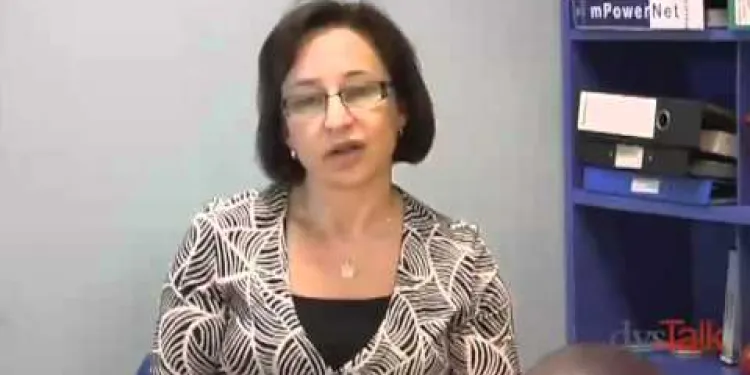
Dyslexia, Dyspraxia & Overlapping Learning Difficulties
Relevance: 59%
-
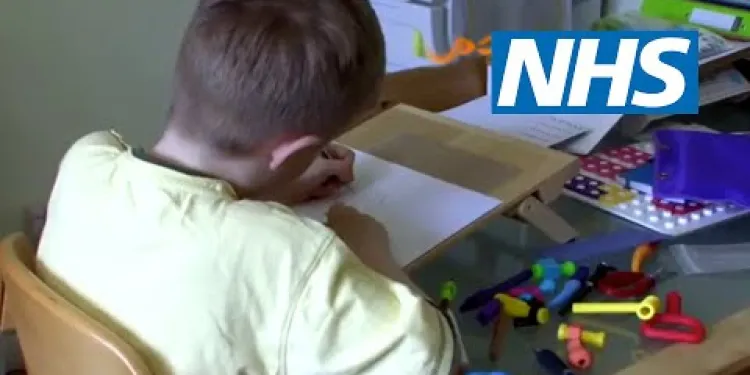
Childhood dyspraxia: James' story | NHS
Relevance: 54%
-

Leukaemia: What are the signs and symptoms? | NHS
Relevance: 43%
-

About Breast cancer - signs and symptoms | NHS
Relevance: 40%
-

An Introduction to Decompression Illness: Signs & Symptoms”. Dr Roland Armes
Relevance: 38%
-

Bowel cancer - Symptoms and signs to look out for
Relevance: 38%
-

Ovarian cancer - signs and symptoms to look out for
Relevance: 37%
-
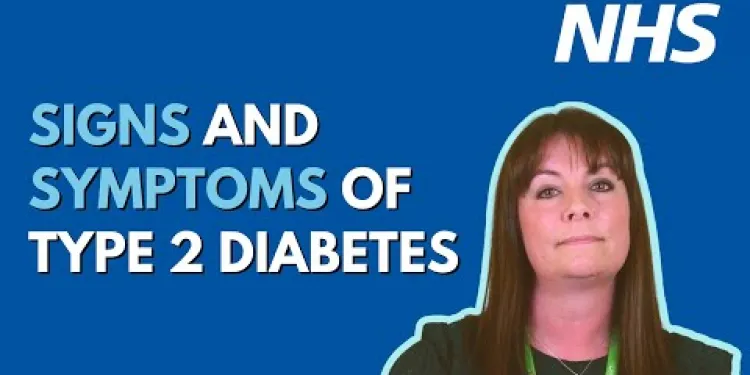
Type 2 diabetes - common signs and symptoms UHL NHS Trust
Relevance: 33%
-

What are the signs of meningitis in infants?
Relevance: 32%
-

What are the signs of heat exhaustion?
Relevance: 32%
-

What is bronchiolitis in children? The symptoms, warning signs and when to seek medical help
Relevance: 30%
-

What are some signs of heat exhaustion?
Relevance: 30%
-

What are the signs of autism?
Relevance: 30%
-

What is the first sign of Lyme disease?
Relevance: 29%
-

What are the signs that my relationship is making me depressed?
Relevance: 28%
-

What are the symptoms of sunburn?
Relevance: 27%
-

What are the symptoms of chickenpox?
Relevance: 26%
-

Is snoring always a sign of sleep apnea?
Relevance: 26%
-

What are the symptoms of the bubonic plague?
Relevance: 26%
-

What are the symptoms of shingles?
Relevance: 26%
-

What are the symptoms of tooth decay?
Relevance: 26%
-

What are the symptoms of testicular cancer?
Relevance: 26%
-
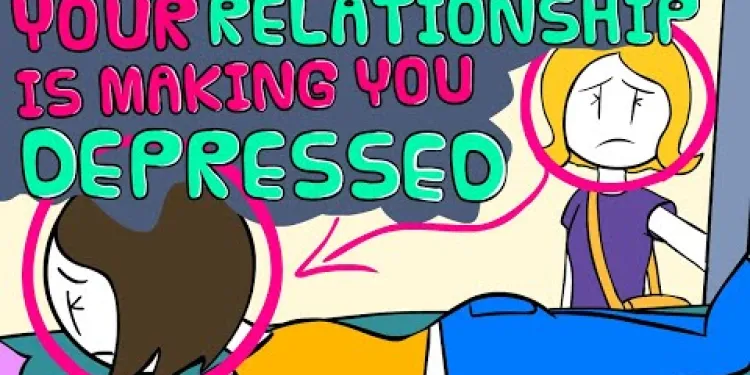
7 Signs Your Relationship is Making You Depressed
Relevance: 25%
-

How do you sign up for the Postcode Lottery?
Relevance: 25%
-

What are the symptoms of measles?
Relevance: 25%
-

Symptoms of coeliac disease
Relevance: 25%
-

What are the signs of honour based abuse?
Relevance: 25%
-
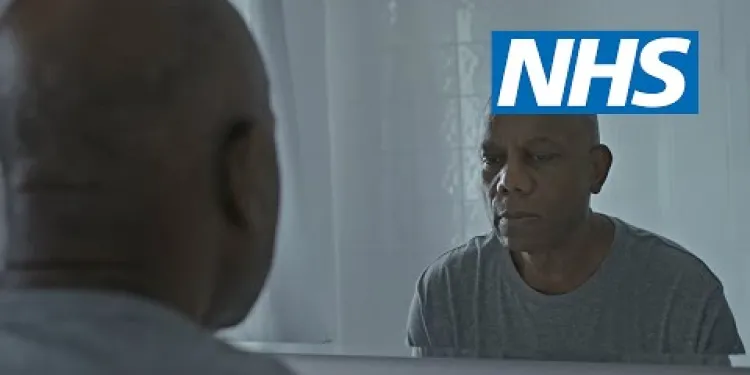
Worried about signs that could be cancer? Contact your GP practice | NHS
Relevance: 25%
-

The symptoms of gonorrhoea
Relevance: 25%
-
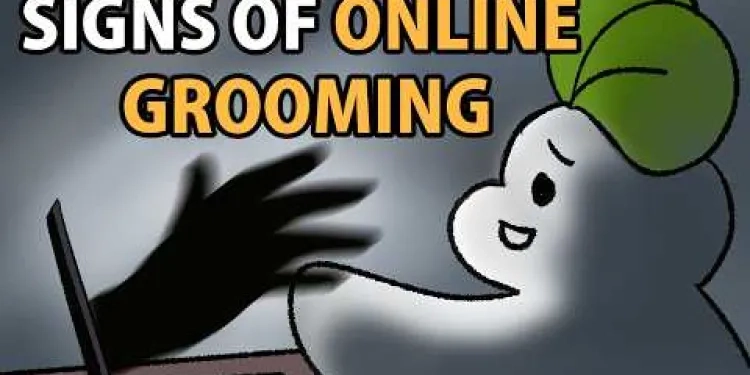
5 Warning Signs of Online Grooming
Relevance: 25%
-

What are the symptoms of arterial thrombosis?
Relevance: 25%
-

What are the main symptoms of ADHD?
Relevance: 25%
-

What are common symptoms of meningitis?
Relevance: 25%
-

What are the signs of a bed bug infestation?
Relevance: 25%
Dyspraxia Symptoms & Signs
What is Dyspraxia?
Dyspraxia, also known as Developmental Coordination Disorder (DCD), is a common disorder that affects movement and coordination. It primarily impacts fine and gross motor skills, making everyday tasks more challenging.
Early Childhood Symptoms
In early childhood, symptoms of dyspraxia may manifest as developmental delays. Children might take longer to start walking, jumping, or skipping. They may also struggle with fine motor skills such as holding a pencil, using scissors, or buttoning clothes.
School-Aged Children Symptoms
As children begin school, the symptoms of dyspraxia may become more apparent. These can include clumsiness, difficulties with hand-eye coordination, and challenges in participating in sports or physical activities. Writing can be particularly tough, leading to messy or illegible handwriting.
Daily Life Impact
Dyspraxia can also affect daily life activities. Children may have difficulty organising their belongings, managing time, and following instructions. In the UK, this can often affect their academic performance and self-esteem.
Emotional and Social Impact
Dyspraxia doesn’t only affect physical coordination but can also impact emotional and social development. Affected individuals might experience frustration, anxiety, and lower self-esteem. They may find it hard to make friends due to their difficulties in social interactions and physical coordination activities, such as playground games.
Symptoms in Adults
While dyspraxia is often identified in childhood, its symptoms can persist into adulthood. Adults with dyspraxia may experience difficulties in driving, cooking, and other daily tasks. They might also face challenges in professional settings, which can affect career progression and workplace relationships.
Seeking Support
If you or someone you know shows signs of dyspraxia, seeking support is crucial. In the UK, guidance is available through the NHS, specialist organisations, and support groups that can provide resources and strategies to manage the condition.
Understanding Dyspraxia: Symptoms & Signs
Dyspraxia, often referred to as Developmental Coordination Disorder (DCD), affects physical coordination and can lead to difficulties in everyday activities. It's important to understand the signs so that appropriate support can be given, especially for individuals in the United Kingdom where awareness is crucial for early intervention.
Identifying Symptoms in Children
Children with dyspraxia may exhibit a range of symptoms that can impact their school and social life. Common signs include poor balance, coordination issues, and difficulties with fine motor skills such as writing, drawing, or cutting with scissors. These children might also be slower to develop speech and language skills and could experience challenges with organizing their thoughts or following instructions. In school, they may struggle with tasks that require sequential processing or planning, such as tying shoelaces or playing sports.
Signs of Dyspraxia in Adults
Though often identified in childhood, dyspraxia can continue into adulthood, affecting everyday activities and quality of life. Adults with dyspraxia may experience difficulty in learning new tasks and establishing routines. Coordination issues could manifest as clumsiness, which might impact tasks like driving or cooking. Furthermore, they might have difficulties with managing time, leading to challenges in both personal and professional environments. Adults could also face challenges with social skills, sometimes misunderstanding social cues or struggling in group interactions.
Social and Emotional Implications
Dyspraxia can have significant social and emotional effects on individuals. In the United Kingdom, where participation in community activities and social events can play a crucial role in personal well-being, those with dyspraxia might feel isolated or struggle with confidence in social situations due to their difficulties. They may also experience anxiety or frustration stemming from their ongoing challenges, which can impact their mental health if not addressed through appropriate support systems.
Understanding and recognizing the signs and symptoms of dyspraxia is crucial for providing appropriate support and accommodations, ensuring those affected can lead fulfilling and independent lives.
Understanding Dyspraxia: Symptoms & Signs
Dyspraxia, commonly referred to as Developmental Coordination Disorder (DCD), is a condition that affects physical coordination. It is often noticed in childhood but can continue to impact an individual into adulthood. Recognizing the symptoms early is crucial for managing the condition effectively. This guide outlines the key symptoms and signs of dyspraxia, particularly for awareness in the United Kingdom.
Common Symptoms in Children
Children with dyspraxia may show signs of delayed developmental milestones, such as sitting, walking, or speaking. They often struggle with fine motor skills, making tasks like writing, using scissors, or dressing challenging. Handwriting may be messy or illegible due to poor pencil grip and motor planning issues. Additionally, children might appear clumsy, often bumping into things or dropping objects.
In educational settings, they may struggle with organizing their work and maintaining focus, which can impact their academic performance. Social interactions can also be affected, as difficulties in processing sensory information may cause them to feel overwhelmed in noisy or crowded environments.
Signs in Adults
Adults with undiagnosed dyspraxia may find everyday tasks challenging, such as driving, cooking, or engaging in sports. Similar to children, they can experience poor hand-eye coordination and difficulties with planning and organization. This can lead to problems in workplace settings, where managing time and coordinating tasks become problematic.
Adults might also experience emotional and psychological effects, including low self-esteem, anxiety, or depression. Difficulty in social situations and sensory overload remain prevalent, affecting relationships and social interactions. Recognizing these symptoms is the first step towards seeking appropriate support and accommodations.
Additional Considerations
It’s important to note that dyspraxia is a lifelong condition, but with early intervention and support, individuals can manage their symptoms more effectively. This might include occupational therapy, speech and language therapy, and tailored educational support to help develop coping strategies. Awareness and understanding in the community can significantly impact the quality of life for those with dyspraxia.
In the UK, organizations such as the Dyspraxia Foundation offer resources and support for individuals and families affected by dyspraxia, providing guidance and advocacy to help navigate the challenges of this condition.
Dyspraxia Symptoms & Signs
What is Dyspraxia?
Dyspraxia is a condition that makes movement and coordination hard. It can affect how you move your hands and feet, which makes everyday things more tricky.
Early Childhood Symptoms
In young children, dyspraxia might show up as being slower to learn things. Kids might take more time to start walking or jumping. They may have a hard time holding a pencil, using scissors, or buttoning their clothes.
School-Aged Children Symptoms
When kids start school, dyspraxia can become clearer. They might seem clumsy, have trouble catching a ball, and find sports difficult. Writing can be messy and hard to read.
Daily Life Impact
Dyspraxia can make everyday tasks hard too. Kids might find it tough to organise their stuff, keep track of time, and follow instructions. This can affect how well they do in school and how they feel about themselves.
Emotional and Social Impact
Dyspraxia can also affect feelings and making friends. It can cause frustration and make kids feel worried or sad. They might find it hard to play with other kids and join in games.
Symptoms in Adults
Dyspraxia is not just for kids. Adults can have it too. They might find driving, cooking, and other daily things hard. This can also make work and jobs challenging.
Seeking Support
If you think you or someone else might have dyspraxia, getting help is important. In the UK, the NHS and other groups can give advice and support to manage dyspraxia.
Understanding Dyspraxia: Symptoms & Signs
Dyspraxia is a condition that makes it hard for people to move their bodies in a coordinated way. People with dyspraxia find everyday activities difficult. It is important to know the signs of dyspraxia so people can get the help they need. This is especially true in the UK, where early help is very important.
Identifying Symptoms in Children
Children with dyspraxia may have trouble at school and in making friends. Some signs of dyspraxia in children are trouble balancing, difficulty with coordinated movements, and problems with tasks that need fine motor skills like writing, drawing, or cutting with scissors. They might also take longer to learn to speak or have trouble organizing their thoughts and following instructions. In school, they might find it hard to do tasks that need planning, like tying shoelaces or playing sports.
Signs of Dyspraxia in Adults
Dyspraxia does not only affect children; adults can have it too. Adults with dyspraxia might find it hard to learn new tasks and stick to routines. They might appear clumsy, which can affect things like driving or cooking. Adults with dyspraxia might have trouble with time management, making it hard for them in work and personal life. Social skills can also be hard, as they may not always understand social cues or have difficulty in group settings.
Social and Emotional Implications
Dyspraxia can make social and emotional life harder. In the UK, joining in community activities and social events is important for feeling good and connected. People with dyspraxia might feel left out or less confident in social situations. They can also feel anxious or frustrated because of the challenges they face, which can affect their mental health if they do not get the right support.
Knowing the signs of dyspraxia is very important. It helps to give the right support so people with dyspraxia can live happy and independent lives.
Understanding Dyspraxia: What to Look For
Dyspraxia, also known as Developmental Coordination Disorder (DCD), makes it hard for people to move and balance. It often starts in childhood and can continue as people grow up. Knowing the signs early can help manage it better. This guide explains what to look for, especially in the United Kingdom.
Common Signs in Children
Kids with dyspraxia might be slower to learn how to sit, walk, or talk. They can also find it hard to use their hands well. This makes things like writing, cutting with scissors, or dressing harder. Their handwriting might be messy because they have trouble holding a pencil. They might also bump into things or drop stuff a lot.
At school, they might find it hard to keep their work organized and stay focused. This can make schoolwork difficult. Making friends can be tough too, as loud or busy places might make them feel uncomfortable.
Signs in Adults
Adults who have dyspraxia might struggle with everyday activities like driving, cooking, or playing sports. Like kids, they can have trouble with coordination and organizing tasks. At work, this might make it hard to plan and keep track of what they need to do.
They might also feel sad, worried, or have low self-esteem. Socializing can be hard, and they can feel overwhelmed around a lot of noise or people. Knowing these signs can help find the right support.
How to Help
Dyspraxia lasts a lifetime, but getting help early can make a big difference. Help might include working with therapists or getting special support at school. Learning different ways to cope can be really useful. Understanding and help from the community can make life better for people with dyspraxia.
In the UK, groups like the Dyspraxia Foundation offer help and advice for people with dyspraxia and their families. They provide tips and support to handle challenges better.
Frequently Asked Questions
What is dyspraxia?
Dyspraxia, also known as Developmental Coordination Disorder (DCD), is a common disorder that affects motor skills and coordination. It impacts the ability to perform everyday tasks and can affect speech, movement, and coordination.
What are the common symptoms of dyspraxia in children?
Common symptoms in children include difficulty with gross motor skills, such as running or jumping, fine motor skills, like writing or using scissors, and challenges with tasks that require balance and coordination.
How does dyspraxia affect adults?
Adults with dyspraxia may experience difficulties with planning, organisation, and time management. They might struggle with tasks involving coordination, such as driving, and may find social situations challenging due to communication difficulties.
Is dyspraxia linked to other learning difficulties?
Yes, dyspraxia often co-occurs with other learning difficulties such as dyslexia, ADHD, and autism spectrum disorders.
What causes dyspraxia?
The exact cause of dyspraxia is unknown, but it is thought to involve disruption in the way messages from the brain are transmitted to the body. It might have a genetic component since it can run in families.
How is dyspraxia diagnosed?
A diagnosis is usually made by a multidisciplinary team that may include a GP, paediatrician, occupational therapist, or psychologist. They assess motor skills, coordination, and rule out other conditions.
Is there a cure for dyspraxia?
There is no cure for dyspraxia, but with the right support and interventions such as occupational therapy, individuals can develop skills to manage their symptoms.
How can parents support a child with dyspraxia?
Parents can support their child by understanding their difficulties, advocating for appropriate educational support, and encouraging participation in activities that improve coordination and confidence.
What educational support is available for children with dyspraxia in the UK?
Schools in the UK can provide additional support through an Education, Health and Care (EHC) plan, and there are resources such as specialist teachers and occupational therapists available.
Can dyspraxia impact mental health?
Yes, individuals with dyspraxia may experience anxiety, depression, or low self-esteem, often due to the challenges they face and difficulties with social interactions.
Are there any sports that are suitable for children with dyspraxia?
Non-competitive sports that focus on individual progress, such as swimming, cycling, or yoga, can be suitable for children with dyspraxia as they help improve coordination and confidence.
What is the difference between dyspraxia and apraxia?
Dyspraxia refers to a developmental coordination disorder, while apraxia typically refers to a motor speech disorder that affects the ability to coordinate the muscle movements necessary for speech.
How can occupational therapy help with dyspraxia?
Occupational therapy can help individuals with dyspraxia by focusing on improving fine and gross motor skills, perceptual skills, and helping with daily activities, thereby increasing independence.
What role does physiotherapy play in treating dyspraxia?
Physiotherapy can help by improving posture, balance, and gross motor skills. Therapists work on developing muscle strength and coordination to aid physical development.
Can technology assist people with dyspraxia?
Yes, technology such as speech-to-text programs, digital organisers, and apps for time management can assist individuals with dyspraxia by helping to overcome some of the challenges related to coordination and organisation.
What is dyspraxia?
Dyspraxia makes it hard to do movements or tasks. It is not an illness, but it can make learning and playing harder.
If you have dyspraxia, you might find it tricky to write neatly, catch a ball, or ride a bike. Doing things step by step can help. Using big, clear pictures or videos can also make learning easier.
Dyspraxia is a condition that makes it hard to move smoothly. It can affect how we talk, move, and do daily things. People with dyspraxia might find it difficult to do things like buttoning a shirt or writing neatly.
What are the common signs of dyspraxia in children?
Here are some signs of dyspraxia in children:
- Trouble with balance and coordination, like riding a bike or playing sports.
- Difficulty with writing or drawing neatly.
- Finding it hard to button clothes or tie shoelaces.
- Having messy eating habits, like spilling drinks.
- Trouble with planning and following steps, like getting ready for school.
- Struggling to keep up with friends in games or sports.
These children might also need extra time to learn new skills.
Tools that can help include:
- Using larger pencils or special grips to hold pencils better.
- Showing how to do things step-by-step and practicing them slowly.
- Encouraging breaks between activities to rest.
Common signs in children are trouble with big movements like running or jumping. They also might have problems with small movements, like writing or cutting with scissors. It can be hard for them to do things that need balance and coordination.
If someone finds reading hard, using pictures or videos can help understand better. Break down tasks into small steps. Practice and ask for help if needed.
How does dyspraxia affect adults?
Dyspraxia is a condition that makes it hard to move and do tasks. Adults with dyspraxia may find it hard to do everyday things like writing, cooking, and driving. They might be clumsy or bump into things. It can be hard for them to plan and organize things.
If you have dyspraxia, you can use tools and tricks to help, like making lists, using reminders, and asking for help when needed. It can also help to practice tasks and break them into small steps.
Adults with dyspraxia can have trouble planning, organizing, and managing their time. They might find it hard to do things that need good coordination, like driving a car. Social situations can be tough too because talking and understanding others can be difficult for them.
Here are some tips to help:
- Write down lists to keep track of what you need to do.
- Use a calendar to help remember important dates.
- Practice tasks step by step to get better at them.
- In social situations, take deep breaths and think about what you want to say before talking.
Are other learning problems connected to dyspraxia?
Dyspraxia can be linked to other learning problems. Some people with dyspraxia might have things like dyslexia or ADHD too.
To help with learning:
- Use simple words and short sentences.
- Try breaking tasks into small steps.
- Use pictures or drawings to understand better.
- Take breaks when needed.
Yes, dyspraxia can often happen with other learning problems like dyslexia, ADHD, and autism.
Why do people have dyspraxia?
Dyspraxia is when the brain has trouble planning and doing movements. This can make things like writing or playing sports hard. Doctors are not sure why it happens, but it can run in families.
To help, people can use tools like special pencils or keyboards. Practicing movements with a teacher can also help. It's important to be patient and keep trying!
What Causes Dyspraxia?
We don't know exactly what causes dyspraxia. It might happen because the brain has trouble sending messages to the body. Dyspraxia can sometimes be in families, so it might be passed down from parents to children.
Extra Help
Some tools can help make things easier:
- Speech therapy: Helps with talking and communication.
- Occupational therapy: Makes daily tasks easier.
- Simple routines: Keep things in the same order each day.
- Checklists: Make a list of things to do to remember steps.
How do doctors find out if someone has dyspraxia?
Doctors have special ways to find out if a person has dyspraxia. They might ask questions about how the person moves and does things at home, school, or work. They might watch how the person walks, holds a pencil, or plays games.
If you think you or someone else might have dyspraxia, it’s good to talk to a doctor. They can help figure it out. Sometimes, doctors work with other experts like therapists to learn more.
Using tools like checklists can help. Writing down when you find things hard can help doctors understand better.
To find out what might be wrong, a group of experts helps. This group can have a family doctor, a children’s doctor, a special helper for moving and playing, or a talking doctor.
They check how you move and do things. They also make sure you don't have other problems.
An easy way to understand all this is to think of it like a team working together to find out what's happening with you.
Using drawings or simple pictures can help explain these checks. If you're unsure, ask someone to explain things slowly or use computer tools that show pictures.
Can dyspraxia be fixed?
No, dyspraxia cannot be completely fixed. But there are ways to help make things better.
Doctors and teachers can help you learn new skills to make life easier. You can try special exercises and games to practice.
Using things like planners, lists, and reminders can help you remember what to do.
Talking to a grown-up who understands can also help you feel better.
There is no cure for dyspraxia. But, people can get help to make things better. Things like occupational therapy can help them learn skills to manage their symptoms.
How can parents help a child with dyspraxia?
Dyspraxia can make it hard for kids to do some things. Here are ways parents can help:
- Break tasks into small steps. Do one step at a time.
- Give clear and simple instructions. Use short sentences.
- Practice activities regularly to get better.
- Use checklists to remember what to do.
- Allow extra time to finish tasks.
- Play games that help with balance and coordination.
- Work with teachers and therapists for extra support.
Parents can also use special tools to help. For writing, a pencil grip can help. For remembering things, a visual timetable can be useful.
Most importantly, be patient and understanding. Celebrate your child's achievements.
Parents can help their child by understanding their challenges. They can ask for the right help at school and encourage their child to join activities that boost coordination and confidence.
What help can children with dyspraxia get in school in the UK?
Schools can give extra help to children with dyspraxia. This help can make learning easier.
- Teaching Assistants: They can help children in the classroom.
- Special Tools: There are tools like pencil grips and computer programs to help with writing.
- Extra Time: For tests and homework, children might get more time.
- Occupational Therapy: This can help improve movement and coordination.
- Speech Therapy: This helps if children have trouble talking clearly.
Parents and teachers can work together to plan the best support for the child.
Schools in the UK can help more with an Education, Health and Care (EHC) plan. There are also special teachers and people like occupational therapists who can help.
Does dyspraxia affect how we feel?
Dyspraxia can make people feel different or upset. It might be harder to do some things, and this can affect our feelings. People with dyspraxia might feel worried or sad sometimes. It is important to talk to someone about these feelings, like a teacher or a friend. They can help!
Here are some things that can help:
- Practice doing things step by step.
- Ask someone to show you how to do something.
- Use calendars or reminders to remember things.
- Take breaks and rest when needed.
People with dyspraxia might feel worried, sad, or not good about themselves. This can happen because they find some things hard and might have trouble making friends.
What sports are good for kids with dyspraxia?
Some kids find it hard to move their bodies the way they want. This is called dyspraxia. But, they can still have fun playing sports. Here are some sports that might be good for them:
- Swimming: This helps make their muscles stronger and helps them move better in water.
- Martial Arts: This is great for balance and learning how to move carefully.
- Horse Riding: Riding a horse helps with balance and makes kids feel happy.
- Yoga: This helps kids feel calm and learn to control their bodies.
Here are some helpful tips:
- Practice slowly and repeat things. This helps kids learn better.
- Break tasks into little steps. This makes them easier.
- Use pictures or videos to show what to do. Seeing things can help kids understand.
Some sports are not about winning. They help you get better at things. These sports are good for kids who find it hard to move their bodies, like kids with dyspraxia. Sports like swimming, riding a bike, or doing yoga can help you get better at moving and make you feel good about yourself.
How are dyspraxia and apraxia different?
Dyspraxia and apraxia are conditions that affect movement.
Dyspraxia makes it hard to plan and do movements, like catching a ball or writing.
Apraxia means the brain has trouble telling the body how to do movements, like waving or talking.
To help understand better, you can use pictures, videos, or ask someone to show you.
Dyspraxia means having trouble with movement and doing things. Apraxia means having trouble saying words because the muscles don't work together well.
How can an occupational therapist help with dyspraxia?
Do you find it hard to do some tasks? Maybe an occupational therapist can help you.
Here is what an occupational therapist can do:
- Help you practice skills like buttoning your shirt or tying your shoes.
- Show you exercises that make your hands stronger.
- Teach you ways to stay organized.
You can also use tools to make things easier:
- Try using bigger pencils or pens.
- Use sticky notes to remember things.
An occupational therapist can be your helper and teach you new skills!
Occupational therapy can help people with dyspraxia. It helps by making it easier to do small movements, big movements, and to see and understand things better. It also helps with everyday tasks so people can do more things on their own.
How does physiotherapy help with dyspraxia?
Physiotherapy can help people with dyspraxia. Here are some ways it can help:
- Improve balance and strength.
- Make moving around easier.
- Help with doing everyday activities.
Physiotherapists can show exercises and give tips to make things easier. Using pictures and videos can also help understand what to do.
Physiotherapy helps the body. It makes sitting and standing better. It helps you keep your balance and move well. Therapists help your muscles get stronger. They help you learn to move better. This helps your body grow.
Can technology help people with dyspraxia?
Dyspraxia is when someone finds it hard to move their bodies the way they want to. It can make things like writing or playing sports tricky.
Technology can be very helpful for people with dyspraxia.
Here are some ways technology can help:
- Speech-to-text: Programs can type words when you speak them. This helps if writing is hard.
- Apps for planning: These help you remember what to do and when to do it.
- Typing practice: Typing on a keyboard can be easier than writing with a pen.
- Games for hand-eye skills: Some games can help make moving hands and eyes together better.
If you have dyspraxia, talk to a teacher or parent about trying these tools.
Yes, technology can help people with dyspraxia. Things like speech-to-text programs, digital planners, and apps to manage time can make it easier to stay organized and do tasks.
Useful Links
- Ergsy carfully checks the information in the videos we provide here.
- Videos shown by Youtube after a video has completed, have NOT been reviewed by ERGSY.
- To view, click the arrow in centre of video.
- Most of the videos you find here will have subtitles and/or closed captions available.
- You may need to turn these on, and choose your preferred language.
- Go to the video you'd like to watch.
- If closed captions (CC) are available, settings will be visible on the bottom right of the video player.
- To turn on Captions, click settings .
- To turn off Captions, click settings again.
More Items From Ergsy search
-

Dyspraxia Symptoms & Signs
Relevance: 100%
-

Dyspraxia Symptoms & Signs
Relevance: 99%
-

Children With Co-ordination Difficulties and Dyspraxia
Relevance: 63%
-

What is Dyspraxia? (Short Version)
Relevance: 62%
-

Dyspraxia Children: How to Help
Relevance: 61%
-

What is Dyspraxia (DCD)?
Relevance: 61%
-

Dyslexia, Dyspraxia & Overlapping Learning Difficulties
Relevance: 59%
-

Childhood dyspraxia: James' story | NHS
Relevance: 54%
-

Leukaemia: What are the signs and symptoms? | NHS
Relevance: 43%
-

About Breast cancer - signs and symptoms | NHS
Relevance: 40%
-

An Introduction to Decompression Illness: Signs & Symptoms”. Dr Roland Armes
Relevance: 38%
-

Bowel cancer - Symptoms and signs to look out for
Relevance: 38%
-

Ovarian cancer - signs and symptoms to look out for
Relevance: 37%
-

Type 2 diabetes - common signs and symptoms UHL NHS Trust
Relevance: 33%
-

What are the signs of meningitis in infants?
Relevance: 32%
-

What are the signs of heat exhaustion?
Relevance: 32%
-

What is bronchiolitis in children? The symptoms, warning signs and when to seek medical help
Relevance: 30%
-

What are some signs of heat exhaustion?
Relevance: 30%
-

What are the signs of autism?
Relevance: 30%
-

What is the first sign of Lyme disease?
Relevance: 29%
-

What are the signs that my relationship is making me depressed?
Relevance: 28%
-

What are the symptoms of sunburn?
Relevance: 27%
-

What are the symptoms of chickenpox?
Relevance: 26%
-

Is snoring always a sign of sleep apnea?
Relevance: 26%
-

What are the symptoms of the bubonic plague?
Relevance: 26%
-

What are the symptoms of shingles?
Relevance: 26%
-

What are the symptoms of tooth decay?
Relevance: 26%
-

What are the symptoms of testicular cancer?
Relevance: 26%
-

7 Signs Your Relationship is Making You Depressed
Relevance: 25%
-

How do you sign up for the Postcode Lottery?
Relevance: 25%
-

What are the symptoms of measles?
Relevance: 25%
-

Symptoms of coeliac disease
Relevance: 25%
-

What are the signs of honour based abuse?
Relevance: 25%
-

Worried about signs that could be cancer? Contact your GP practice | NHS
Relevance: 25%
-

The symptoms of gonorrhoea
Relevance: 25%
-

5 Warning Signs of Online Grooming
Relevance: 25%
-

What are the symptoms of arterial thrombosis?
Relevance: 25%
-

What are the main symptoms of ADHD?
Relevance: 25%
-

What are common symptoms of meningitis?
Relevance: 25%
-

What are the signs of a bed bug infestation?
Relevance: 25%


